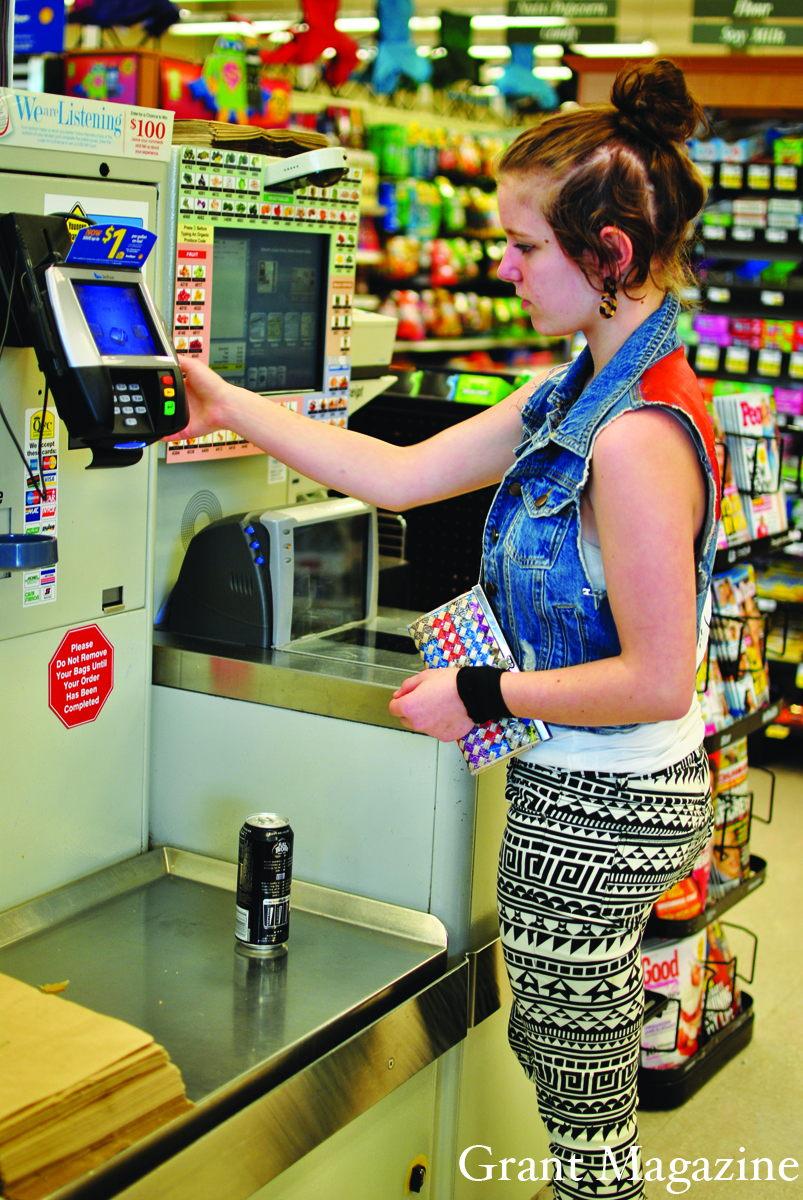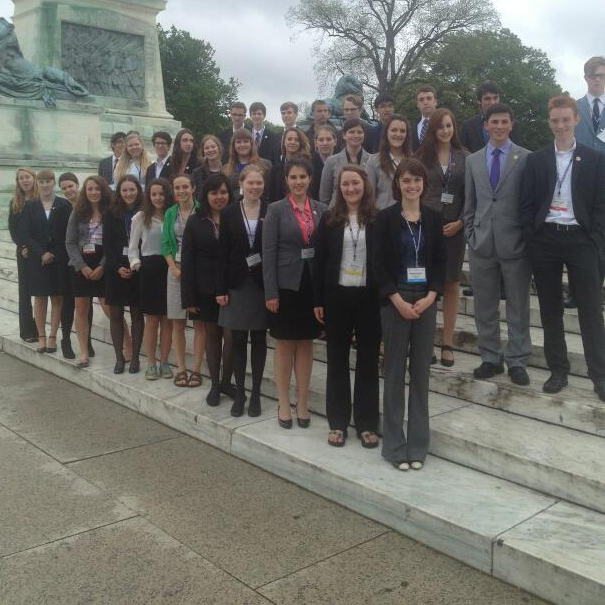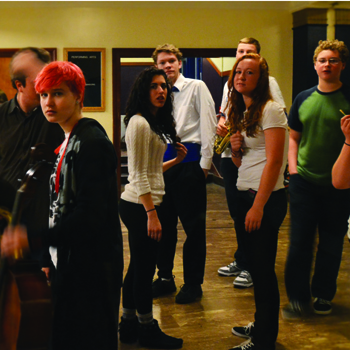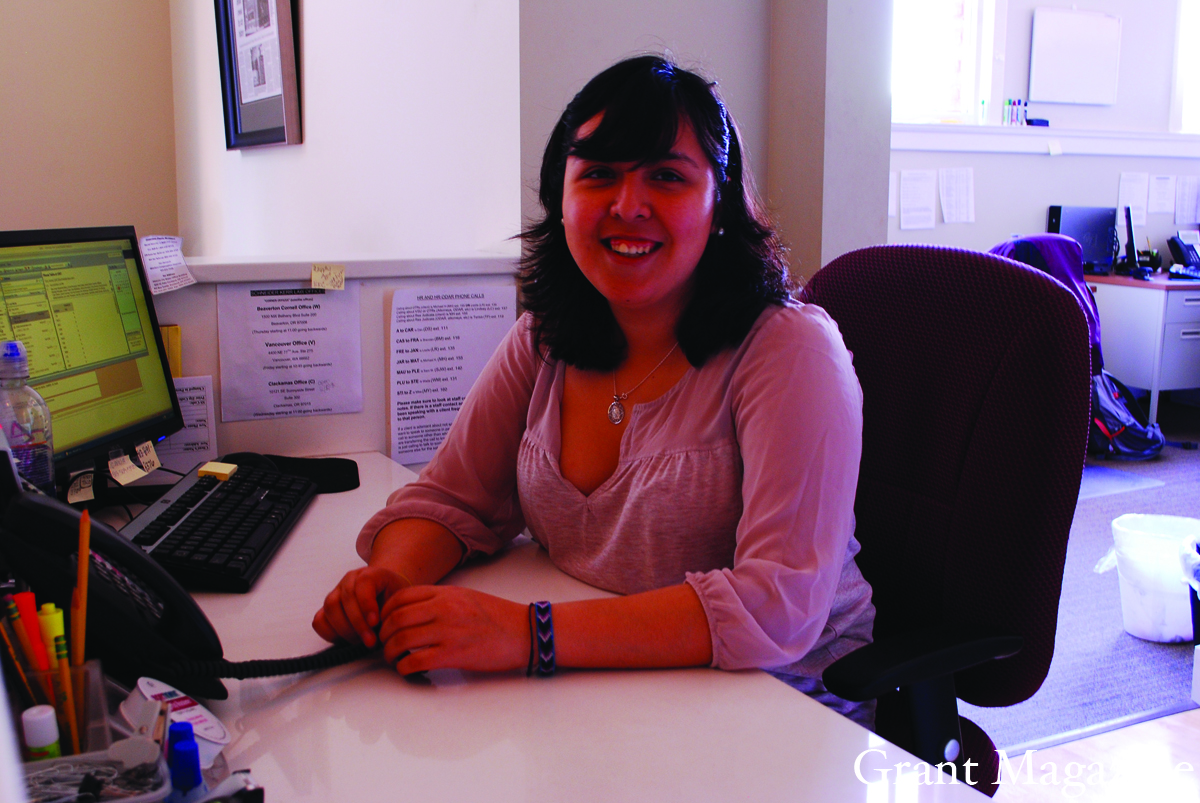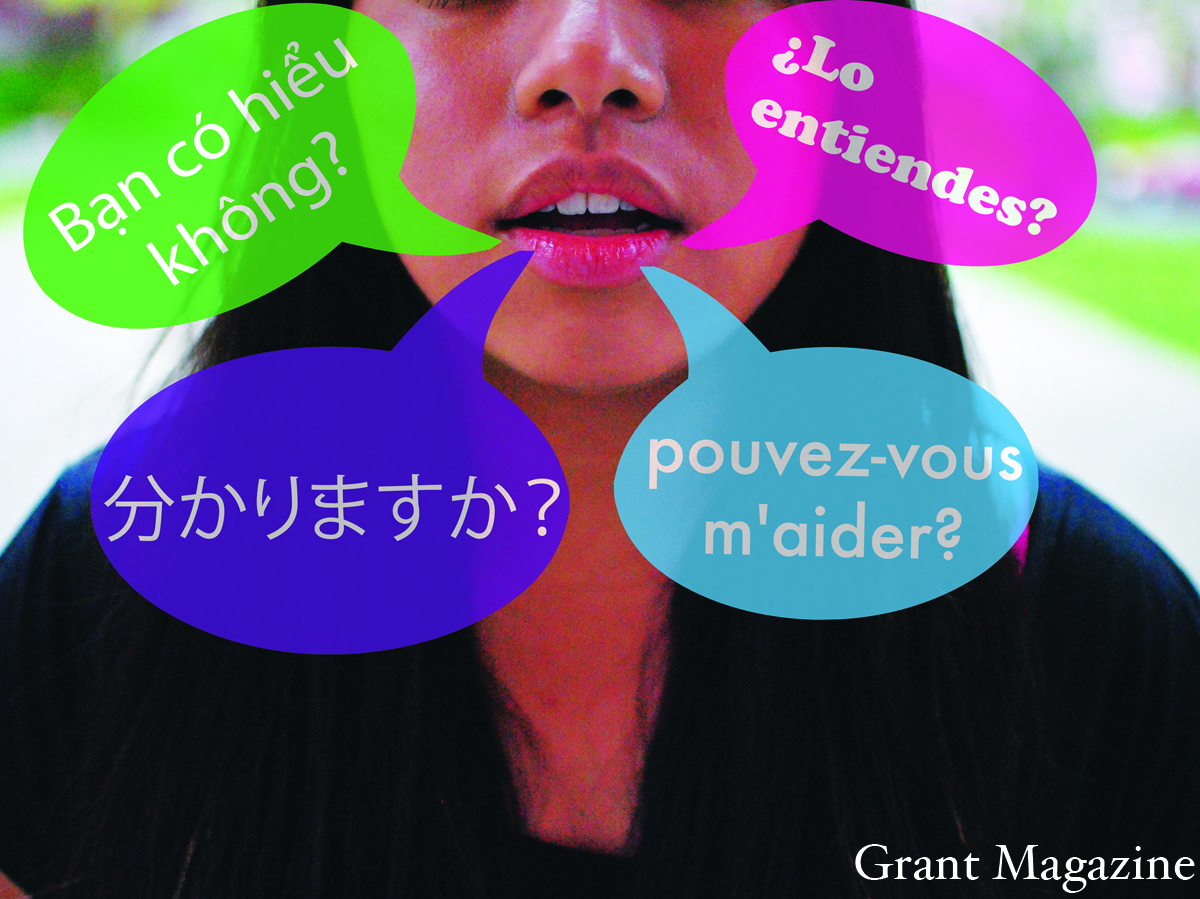Grant High School sophomore Ruth Carr remembers the day when she couldn’t open her locker because of how much her hands were shaking. “It was the first time I had ever had an energy drink and I drank seven Full Throttles in a row,” says Carr. “Even now, I can’t really concentrate if I drink one right before class.”
Carr usually drinks one to two energy drinks a day. Although it only gives her a little energy, she says she enjoys the taste of both Full Throttle and Red Bull.
Coffee and energy drinks have always been a part of sophomore Mitchell Doebke’s life. “In seventh grade, I drank a lot of energy drinks,” says Doebke, “Monsters, Rock Stars, Red Bull.”
He’s changed some of his habits, but still cites coffee and Red Bull as his favorite forms of caffeine. “I don’t really like the taste of most energy drinks anymore, but coffee is still nice to have in the morning,” he says.
At Grant, caffeine is a gift from the gods for many students. When teens don’t sleep enough, wake up late or have a test, they continuously rely on the help of this potentially dangerous stimulant. Whether they sip a latte or chug a Monster, students have come to depend on these unhealthful energizers.
Retail stores and energy drink manufacturers have successfully marketed these beverages toward teens. Red Bull tells consumers it will give them wings. Five Hour Energy commercials show viewers how much they can accomplish in a short period of time. Convenience stores strategically place these drinks in enticing displays. Overall, energy drinks have been widely criticized for their high levels of caffeine, sugar and stimulants that can induce heart. brain and central nervous system problems.
Energy drinks first hit the shelves in the United States in 1985 with the introduction of Jolt Cola. Marketed toward students and busy workers, Jolt Cola used the slogan: “Maximum caffeine, more power.” The new drink didn’t take off, but it opened up the market for similar products. The real popularity with young adults came with Red Bull in 1987 and the draw to stimulants in the beverage.
A stimulant is any substance that raises the nervous activity in the body. They can also raise blood pressure, heart rates, and constrict blood vessels throughout the body. Caffeine is one of the most common stimulants, found in coffee, energy drinks and some sodas.
Andrew Shepard is an emergency room physician for Legacy Salmon Creek Hospital in Vancouver, Wash. He often sees the negative effects of caffeine from energy drinks on his patients. “Aside from raising heart rate and blood pressure, it can cause life threatening cardiac arrhythmias. They can also directly cause heart problems, and result in severe anxiety and sleep disorders,” says Shepard.
Carr understands that energy drinks can be dangerous, but can’t resist the temptation. “They’re always right next to the chips at QFC,” she says. “When I buy chips and see them, I think: ‘Maybe I’ll be thirsty?’ And then I buy one.”
 Carr is mainly drawn to the drinks because of the taste, which she enjoys more than typical sodas.
Carr is mainly drawn to the drinks because of the taste, which she enjoys more than typical sodas.
Former Red Bull employee Rachel Bauman says marketing is a huge part of Red Bull’s image. “I was a part of the Red Bull Wings Team, which is how Red Bull markets to consumers through face-to-face interactions,” says Bauman.
She believes Red Bull attracts teens by sponsoring teens idols. “I think every teenager looks up to athletes and stars for everything from clothing brands to hairstyles and even small things like what they drink. Red Bull only endorses the best of the best,” says Bauman.
Doebke agrees. “I definitely believe that the drinks are marketed towards teens. Also they’re always on sale at convenience stores which are usually located near schools,” he says.
Ingra Bulka works at the new Jackson’s convenience store down the street from Grant. She sees some students buy energy drinks regularly, but other caffeinated beverages are more popular. “Students seem to stick to the cheap sodas and coffees,” says Bulka. This makes sense as most energy drinks run at a hefty price of $3.50 to $4 per can. Coffee and soda come cheaper and often have the same effects.
Besides being a source of caffeine, energy drinks are also mixed with alcohol at parties. The high amount of caffeine in these drinks mixed with alcohol makes them more dangerous and potentially deadly. Shepard says mixing them together is not a safe choice. “Because energy drinks are stimulating, they may promote the consumption of greater quantities of alcohol,” he says, “resulting in more intoxication, impairing judgement, which often results in stupid behavior such as auto accidents, assaults, and overdose.”
Some energy drinks come pre-mixed with alcohol such as the controversial Four Loko. This beverage caused a 14-year-old girl to die in late 2010. Many companies have pulled these drinks off the shelves.
“I don’t think that coffee is a healthier choice, but it’s cheaper and I like the taste,” says Doebke. He has tried to cut back on both coffee and energy drinks. “Right after winter break, I went a while without either…now I only drink two or three cups a day,” he says. “I really don’t drink Red Bull that often anymore.”
Ruth Carey, a registered dietician and nutritionist who works in the Portland metro area, agrees with Doebke’s choice when it comes to forms of caffeine.
According to Carey, a healthy amount of caffeine is around 40-200 mg doses per cup of coffee or energy drink. One cup of coffee has around 300 mg, where as an energy drink can have 500 mg. “Energy drinks are scary as they often have a combination of stimulants and sugar and that can multiply the effects of the caffeine. I recommend coffee and tea for caffeine in moderate amounts, but discourage energy drinks,” says Carey, who points out the best way to get energy comes in natural forms such as rest, exercise and healthy eating.
Eva Pozarycki, a Grant sophomore, understands Carey’s advice. “My parents raised my brother and I to eat very healthy. We have realized how unsafe artificial caffeine is for your body,” says Pozarycki.
Teachers at Grant have mixed feelings about caffeine. Many drink it themselves but don’t like students consuming the beverages. History teacher Kevin Alvord drinks about three cups of coffee daily – he takes it black. “I never drank coffee as a teen, now with children and busy days I rely on it to keep me awake,” says Alvord.
When he was younger, Alvord always saw caffeine as something just for adults. He still believes this but notices times have changed. “It’s now acceptable for teens to drink coffee everyday,” says Alvord.
He also sees kids drinking energy drinks in class and doesn’t like it. “The kids who don’t need energy drinks are always the ones who drink them. These drinks kind of scare me,” he says.





























